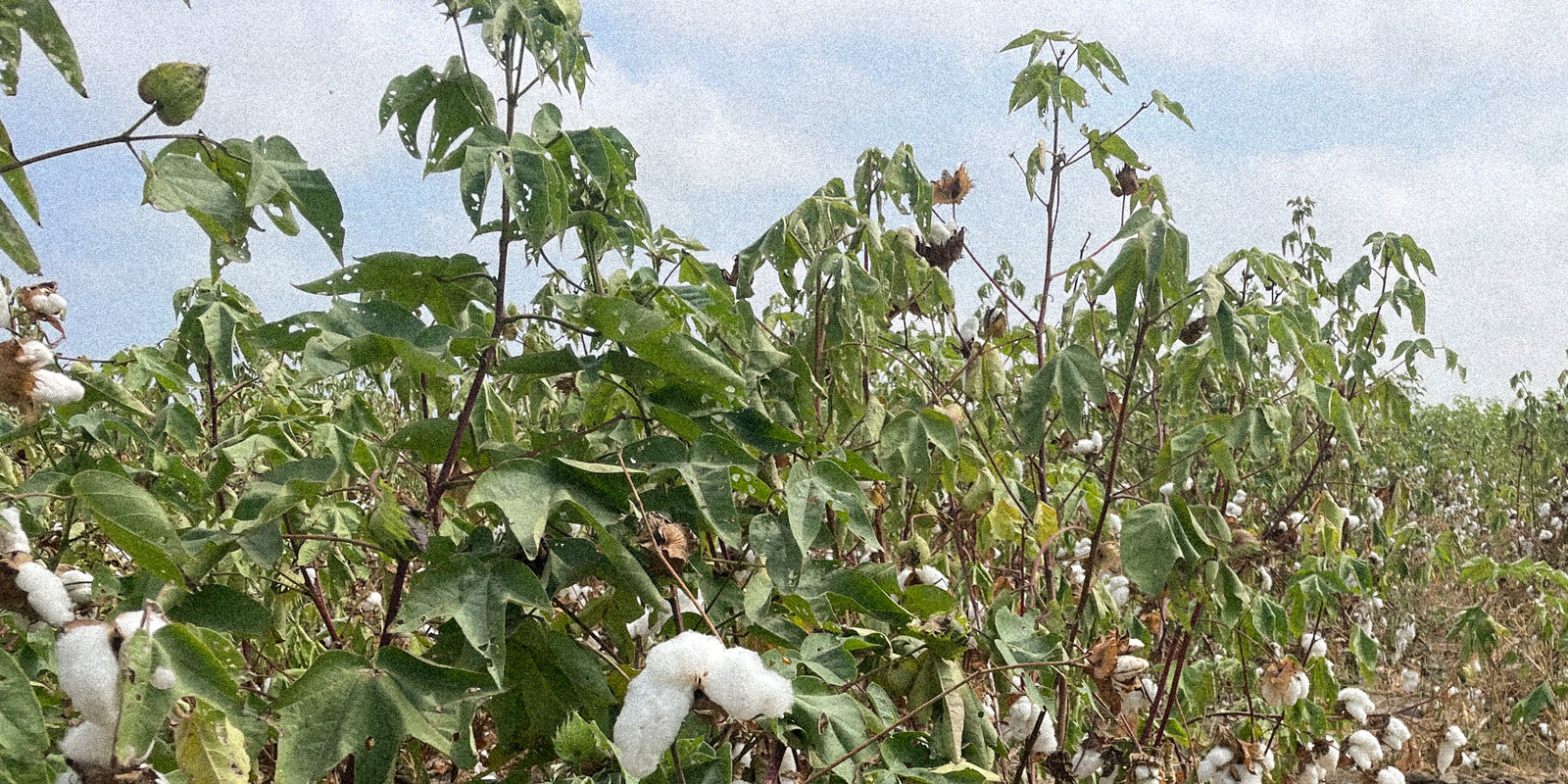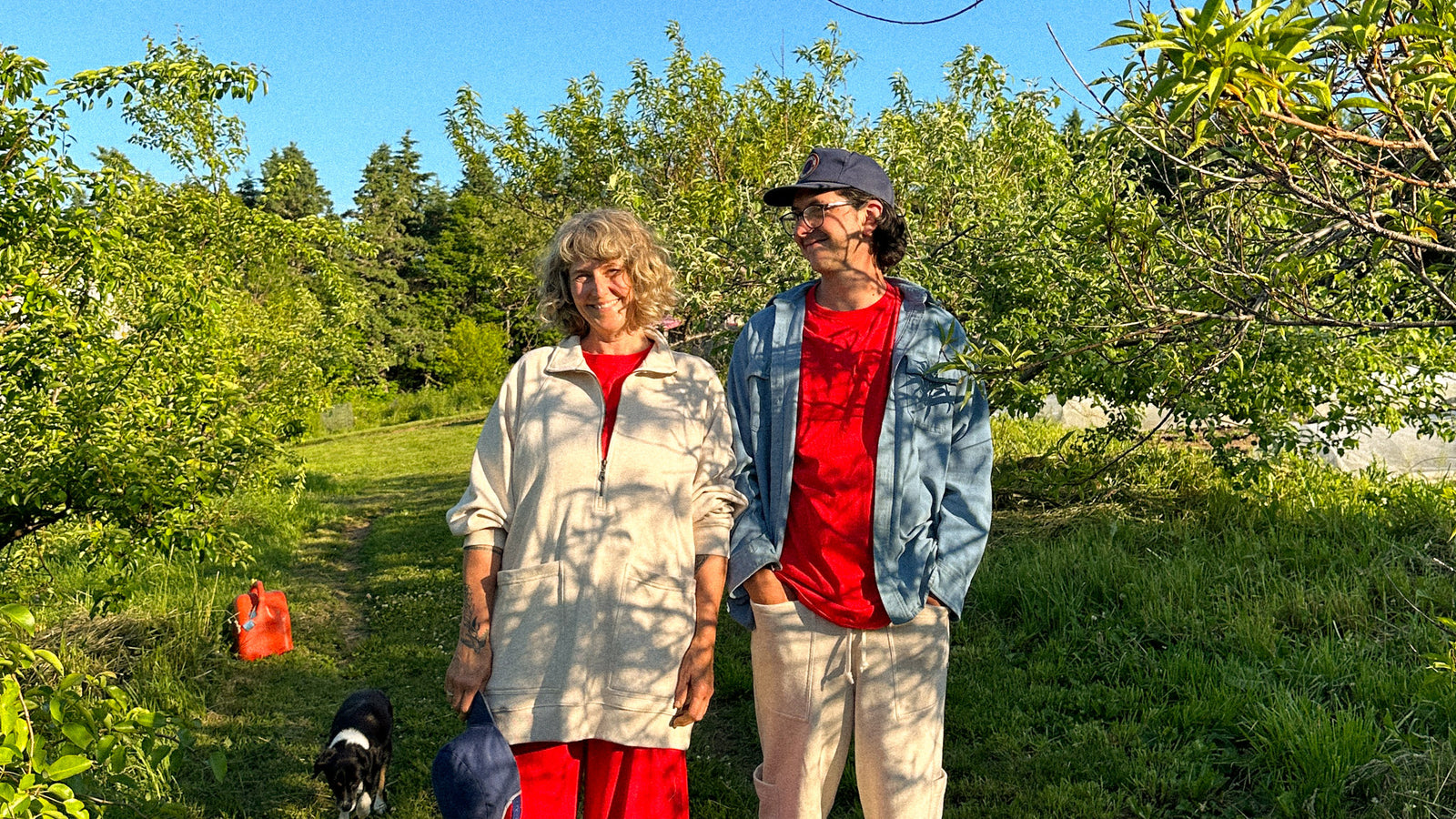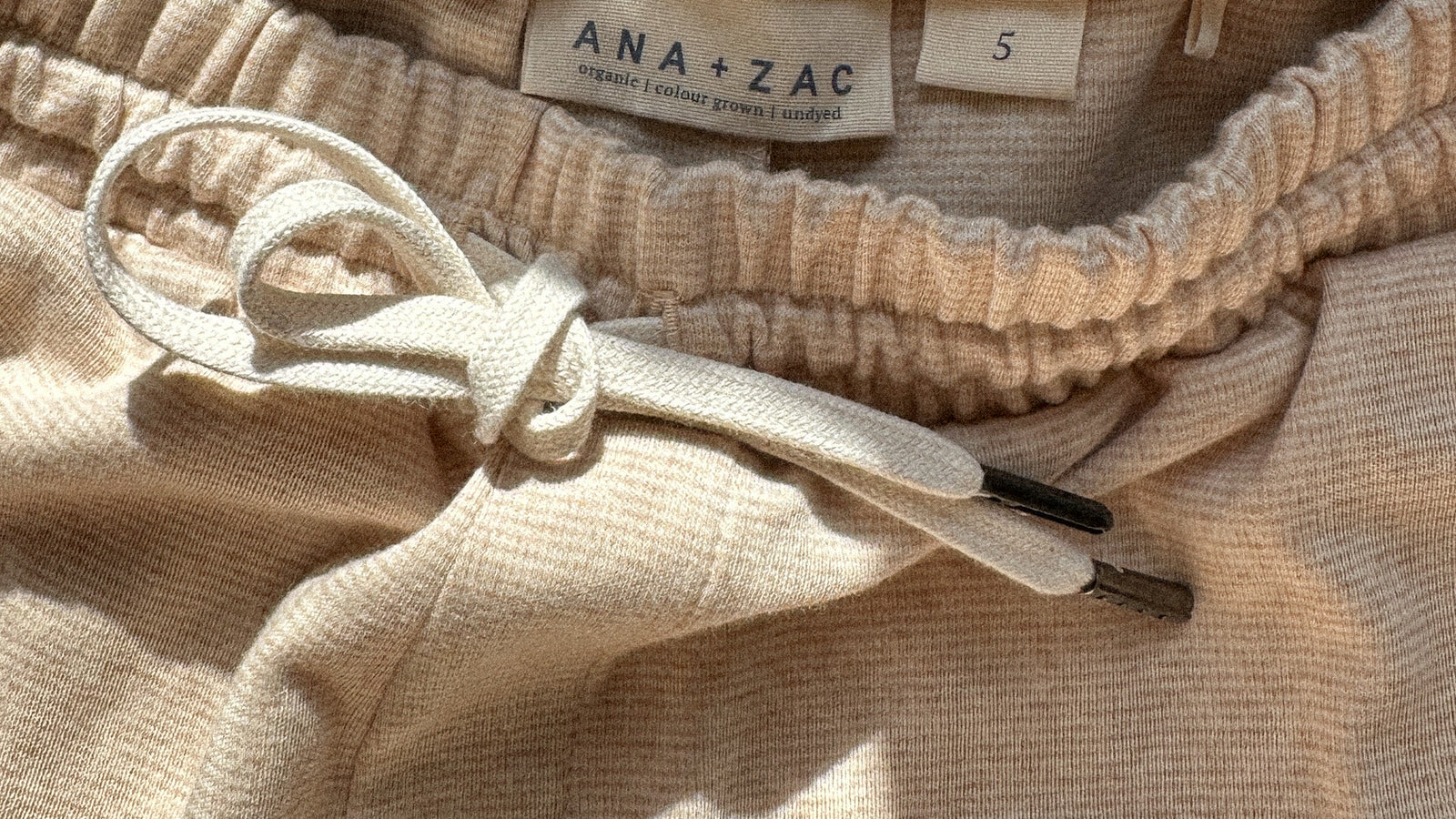The Difference Between Conventional Cotton and Pima Cotton
Peruvian Pima cotton is one of the most special fabrics in the world. It originated in Peru and has been cultivated for over 5000 years. The year-round warm temperatures along with the nutrient rich soil in Northern coastal valleys of Peru create the optimal growing conditions for Pima cotton which results in one of the most premium and luxurious natural fibres in the world.

Photo courtesy of Bergman Rivera
Unlike most conventional cotton, Peruvian pima cotton is harvested entirely by hand to ensure that only the best quality is used. Not only is harvesting by hand more environmentally sound, it’s better for the cotton itself. Industrial harvesting tears the cotton fibres, giving it a yellowed hue and creating a scratchy texture that affect the smoothness of the final garment. Hand-picking comes with obvious benefits for the environment compared to machine-based harvesting, and the work is beneficial for the community as a source of local employment in these rural growing areas.
Pima cotton is a high-end strain of cotton with a much longer fiber than conventional cotton. Conventional cotton is made up of relatively short fibers while Pima is one of the few cottons to have extra long staples (ELS). For comparison the fibers of Pima cotton measure between 1 1/2 to 2 inches in length, while conventional cotton fibres only measure up to 1 inch. These extra long fibers create a silk-like fabric that is very soft. It has a reputation as being the finest cotton in the world as it is much more durable and resistant to pilling.

Photos courtesy of Bergman Rivera
Organic Pima cotton is the rarest, softest and most durable strain of cotton in the world. Only 1% of the cotton in the world is Pima cotton, and a considerably smaller amount of Pima cotton is certified organic. G.O.T.S organic cotton focuses on chemical and pesticide free farming techniques and is certified by a worldwide leading textile processing standard which you can find more about G.O.T.S here. Our goal is to make 95% of our clothing in organic Pima cotton by 2024.
Organic cotton uses considerably less water than conventional cotton. According to WWF, conventional cotton uses around 2700 litres of water to produce one shirt, where as, whereas organic cotton only uses 243 litres. Organic farming maintains the health of the soil making it more resilient to extreme weather, such as droughts. Peru has seen a sharp increase in droughts and prolonged dry periods in the recent years making it essential to promote the use and manufacturing of organic cotton.

Clothing made of Pima cotton is the best option for babies, prenatal and postpartum and those experiencing skin sensitivities, allergies and chronic pain as it feels so soft and gentle against the skin. Pima cotton or better yet organic Pima cotton is the best choice for the environment and the most long-lasting and durable choice for garments.
Your first impression of your Pima cotton clothing will be its softness and breathability. As time goes on you will truly appreciate how long lasting and durable, and resistant to pilling your Pima cotton items are. Once you experience the magic of Pima cotton it is hard to wear anything else.

Photos courtesy of Bergman Rivera





Leave a comment (all fields required)